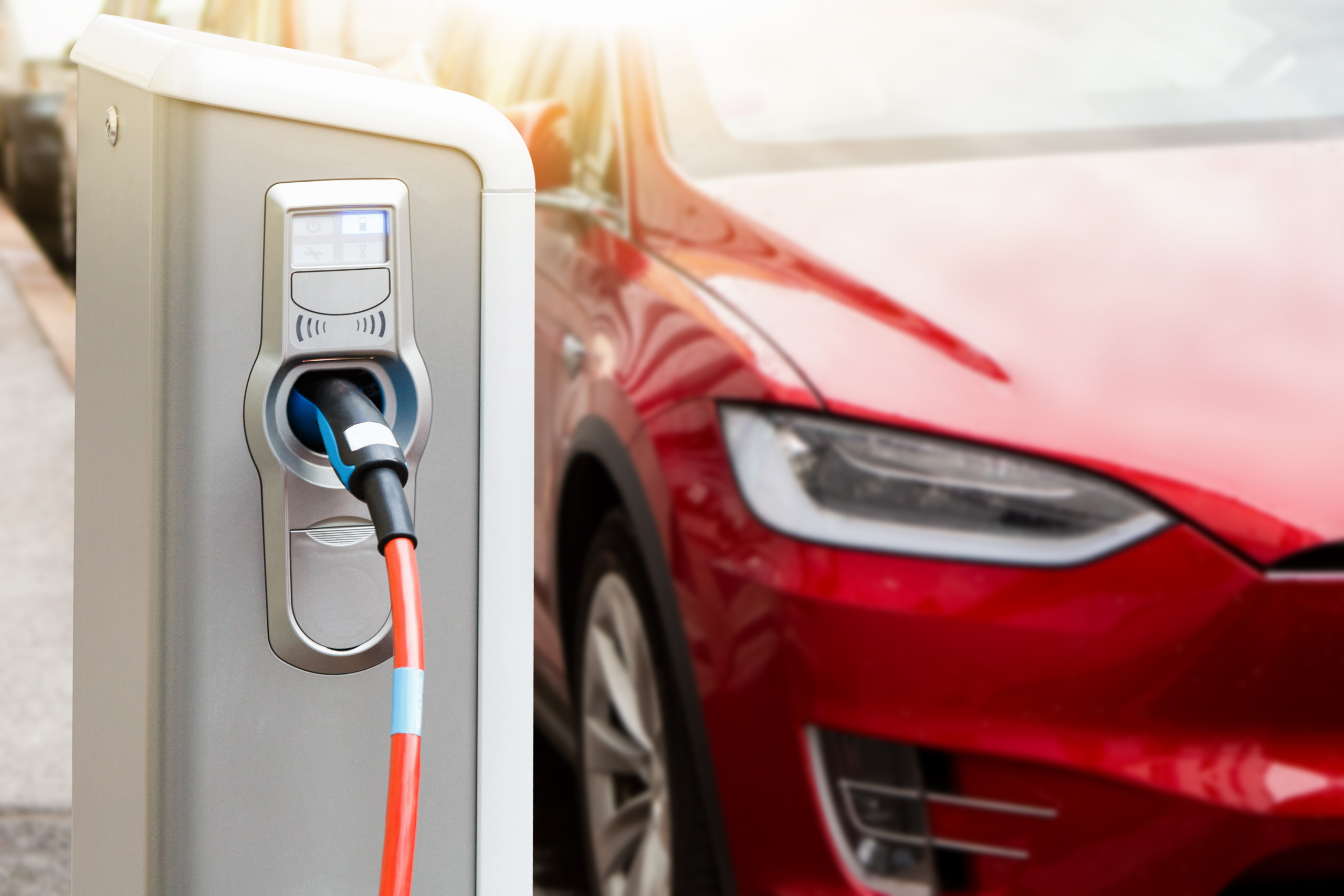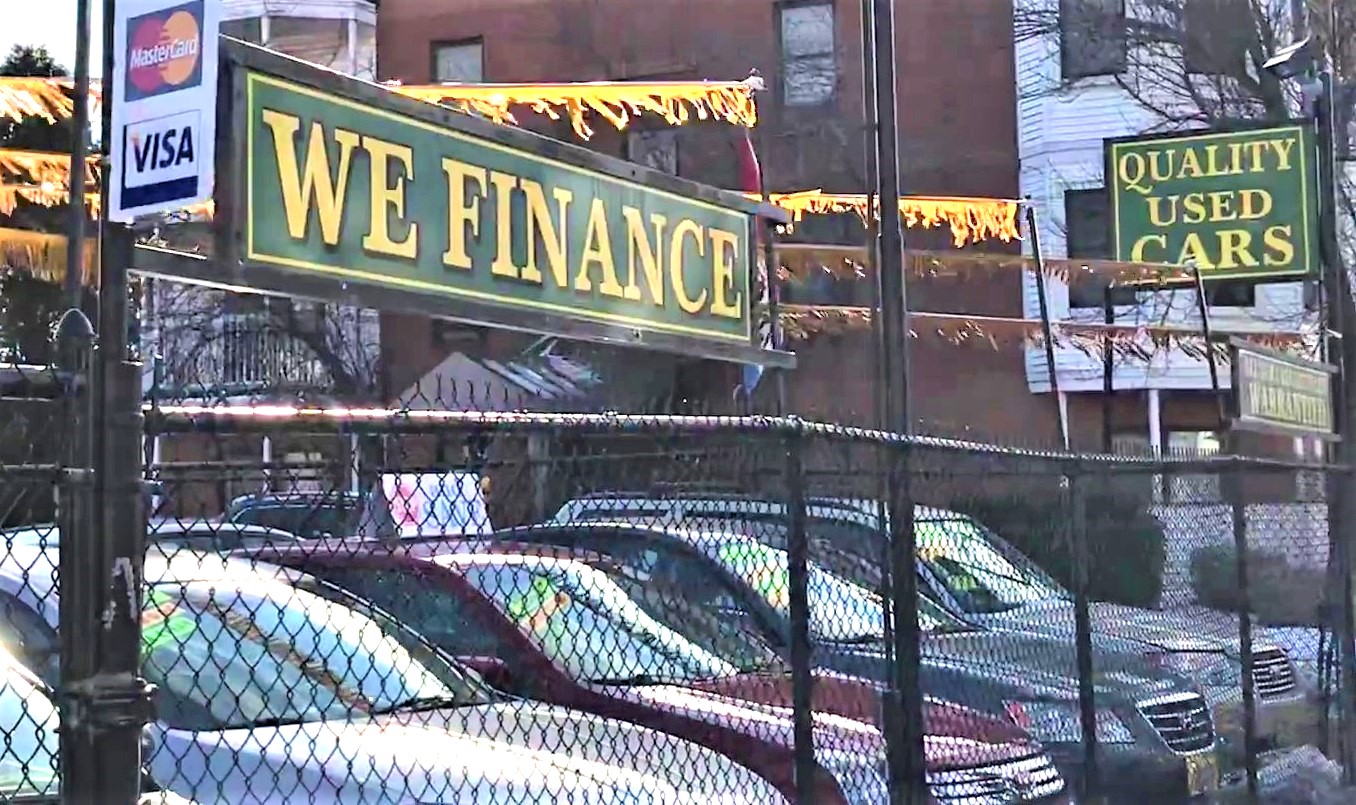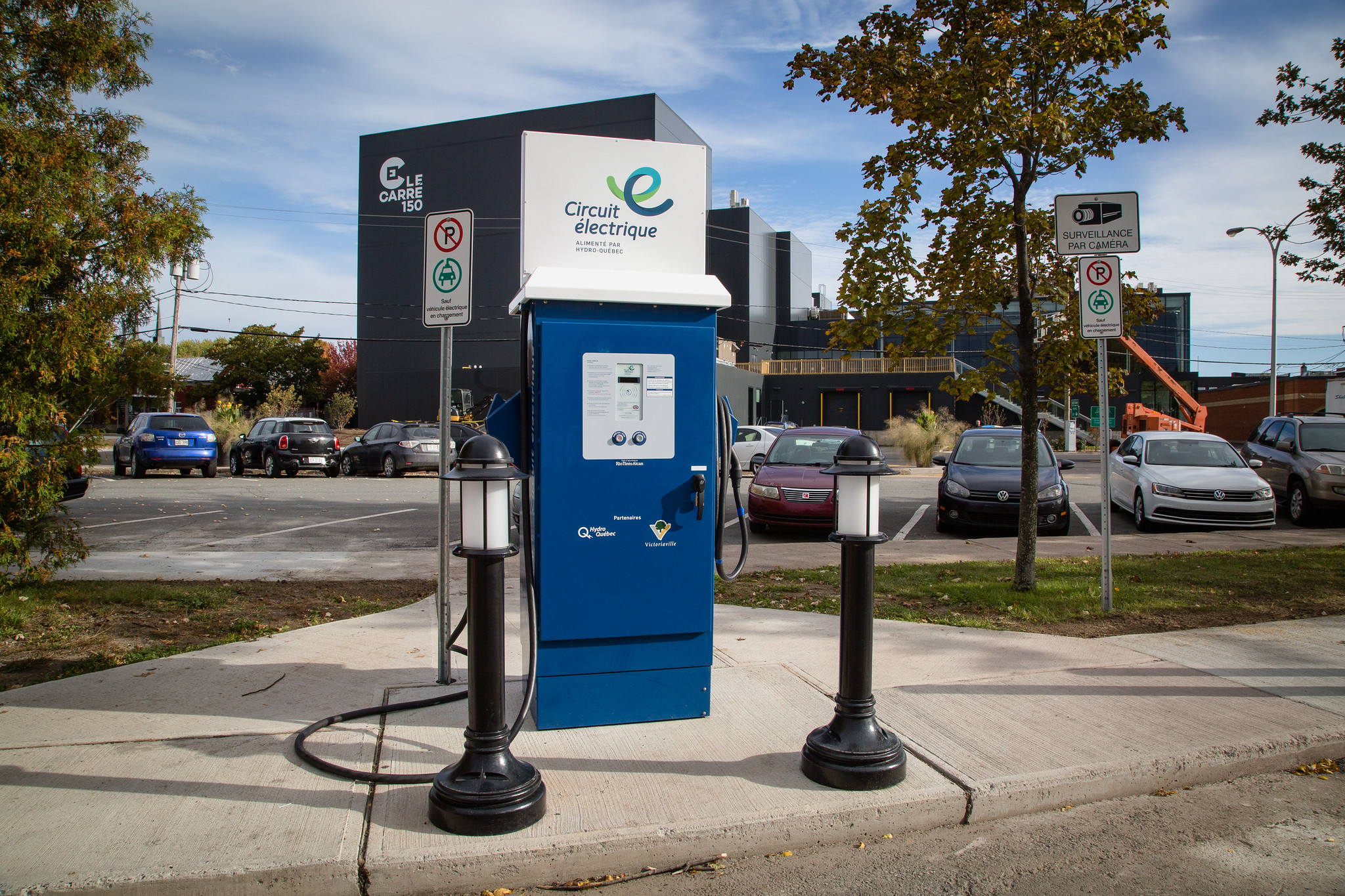
Dead tech walking: Giving the boot to internal combustion
Like incandescent light bulbs and the coal-fired power plants, the internal combustion engines that power our cars and trucks are woefully inefficient - and major sources of pollution. What would it take to bring the era fossil fuel-powered transportation to an end?
Remember the incandescent light bulb?
Incandescent bulbs are very good at creating heat but only incidentally effective at their actual job: lighting things. Fully 90 percent of the energy an incandescent bulb receives from the socket is wasted.
Two decades ago, incandescent bulbs were the undisputed standard for most household lighting. Today, while there are still 1.5 billion incandescent bulbs in service, they are rapidly being replaced by compact fluorescents and by hyper-efficient LED lighting. No one, except maybe the Trump administration and the owners of hipsterish restaurants, thinks they are the future.
What about another dinosaur technology, the coal-fired power plant?
Like incandescent bulbs, coal-fired power plants are inefficient, wasting nearly two-thirds of the energy that goes into them. And merely a decade ago, it was hard to imagine a future without them. Yet, today, coal plants are shutting down left and right, as they are economically uncompetitive with newer, more advanced technologies, from combined cycle natural gas power plants[1] to wind and solar power. It turns out that there are more effective ways to create electricity than digging rocks out of the ground and burning them.
What will we say in 15 years about the internal combustion engine (ICE)?
Today, the ICE reigns supreme. There are roughly 270 million ICE-powered motor vehicles on the road, and roughly 98 percent of all new cars and light trucks are powered by internal combustion.
In the annals of energy-wasting technologies, however, the internal combustion engine is right up there with the incandescent bulb and the coal-fired power plant. Like those other technologies, ICEs are way better at producing heat than doing their primary job – in this case, moving cars and trucks down the road. Two-thirds or more of the energy that goes into your gas tank is “lost” – much of it as heat.
ICE-powered cars and trucks are now the undisputed Climate Enemy #1 in the United States. According to our recent report with Environment America Research & Policy Center, Destination: Zero Carbon: Three Strategies to Transform Transportation in America, the U.S. transportation system emits more greenhouse gases than any entire nation in the world other than China, Russia, India and Japan.
There is no real response to climate change that does not include a sea change in how Americans get around. But achieving such a sea change won’t be easy, and there is no shortage of disagreement about what that change might look like, or how to make it happen.
There is, however, one common element to every strategy for decarbonizing transportation: reducing and eventually eliminating the use of internal combustion engines powered by fossil fuels.
Our Destination: Zero Carbon report puts forward three goals that all seek to move to a transportation system beyond fossil fuels.
- Phase out the sale of internal combustion engine vehicles by 2035.
- Transition the nation’s school bus and transit bus fleets to electricity within the next decade.
- Double the number of people walking, biking and taking transit by 2030 (with further increases after that).
These are challenging goals to meet. But embracing them could be transformative. And, as the examples of the incandescent bulb and the coal-fired power plant show, the transformation could happen faster than might seem possible today.
The mere act of declaring, and assembling a credible pathway toward, the elimination of the ICE could help set in motion the forces to make it happen. Declaring an end to the ICE would liberate our cities, our institutions and the private sector to begin planning and building the future: to install the EV charging stations, the electric bus maintenance facilities, the battery recycling and other systems that will need to be brought to life to support an electric transportation system. It will also send a message about the future viability of fossil fuel infrastructure. Who would want to invest in a new pipeline or gas station, knowing that they are soon to be obsolete?
Ending the ICE vehicle also creates a critical role for those who advocate for more sustainable, more active, and less energy-intensive means of travel. Because, as it turns out, one of the secret killers of coal-fired power plants hasn’t been gas or even renewables, but rather reduced electricity demand. The cleanest mile of travel will always be the mile we don’t travel at all, travel under our own power by foot or on a bike, or travel in the company of others. And the surest, swiftest way to get ICEs off the road is to reduce the number of cars on the road, period.
Countries around the world are beginning to study or, in some cases commit to, the phase-out of new fossil fuel vehicle sales over the next couple of decades. Such a movement could soon come to the U.S. Against the backdrop of the Trump administration’s attempted rollback of federal greenhouse gas standards for cars, California officials have even begun to float the idea of ending the ICE – a move that could eventually be followed by other states.
But ending the ICE won’t be easy. Look around at the infrastructure that supports our fossil fuel-burning transportation system, and then envision the economic interests behind that infrastructure. The recent wave of bankruptcies in the coal industry demonstrates how quickly and completely a once-invincible industry can vanish once the aura of technological inevitability wears off. While some in the auto and oil industries are making at least some effort to avoid that fate by starting to plan for a world without fossil fuels, others will see the elimination of the ICE as an existential threat and will fight to the death to defend it.
Overcoming that kind of resistance will require unity among all those who bear the burdens of a transportation system powered by fossil fuels. Not just the growing number of people alarmed by climate change, but also those whose health is harmed by dangerous air pollution in our cities, those who bear the economic costs of car dependence or are victims of traffic violence, and the victims of fossil fuels who are often forgotten – those harmed by pipeline leaks, offshore and onshore oil spills, fracking disasters and the day-to-day toxic pollution pouring from refineries and other petroleum facilities.
Isolated, arguing with one another about which solution should take priority, fighting over scraps of funding, or focusing only on whose needs should come first in any transition, we are unlikely to prevail. United, however, it is possible to hasten a transition away from a technological system that not only disrupts the climate but also harms all of us in ways large and small every day.
Why the optimism? Because inefficient, harmful, non-sensical systems have a funny way of collapsing under the right kind of pressure. Nearly 15 years ago, Frontier Group co-authored a report called Making Sense of the Coal Rush, raising the alarm about the 150 new coal-fired power plants that were then planned around the country. To most observers at the time, it would have been inconceivable that we would instead shut down twice that number of coal plants in the span of roughly a decade. Yet, due to a combination of grassroots activism, smart public policy and technological change, it happened.
Fifteen years from now is 2035. By setting strong goals and working together at every level to put the policies in place to achieve them, we can look back in 2035 and marvel at how quickly the ICE became history. And we will wonder why we ever thought a transportation system reliant on burning fossil fuels in cars was a good idea in the first place.
[1] Necessary disclaimer: Gas is not a climate solution.
Topics
Authors
Tony Dutzik
Associate Director and Senior Policy Analyst, Frontier Group
Tony Dutzik is associate director and senior policy analyst with Frontier Group. His research and ideas on climate, energy and transportation policy have helped shape public policy debates across the U.S., and have earned coverage in media outlets from the New York Times to National Public Radio. A former journalist, Tony lives and works in Boston.
Find Out More

The million-mile battery and a clean energy future that’s built to last

Automakers could have learned to build EVs. They paid Tesla to do it instead.

The auto industry has a sustainability problem. And it’s not just about the environment.

